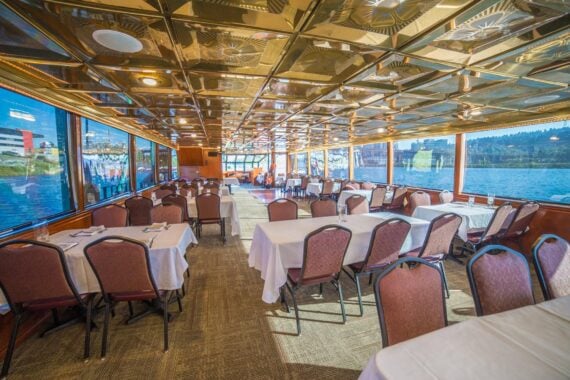The Roman Coliseum is a crumbling relic, home only to tourist groups and history lessons. The most famous stadium in the history of the world is no longer staging gladiator battles, but plenty of other old and storied venues still serve their original purpose. From England to Australia, from baseball to cricket, here’s a look at some world-famous stadiums that are steeped in history where you can still catch a game. Which venues would you add to the list? Tell us in the comments.
Related: The Most Lopsided Victories in Sports History
Fenway Park | Boston
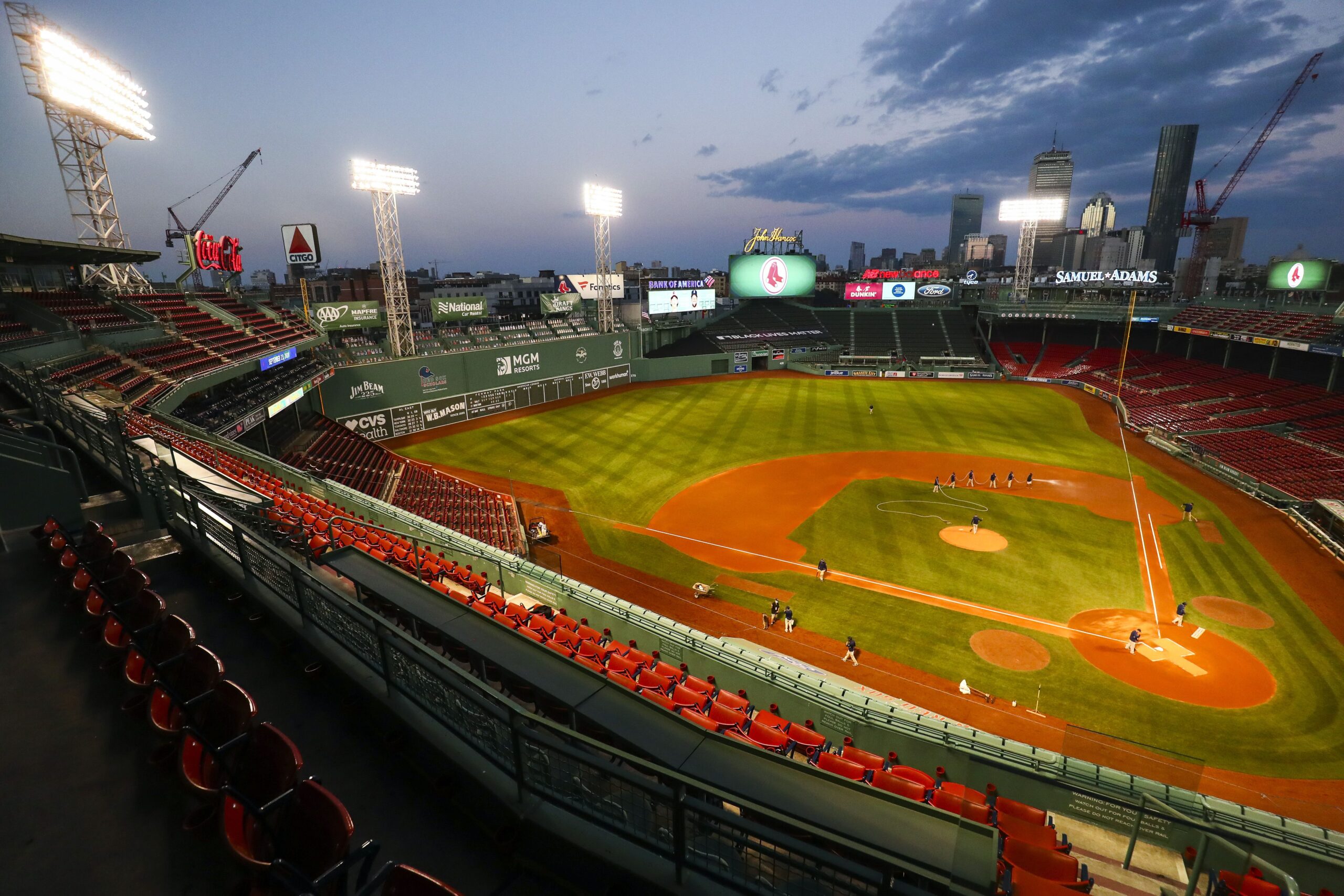
The oldest major league ballpark still in use, Fenway Park has been the home of the Red Sox and a Boston institution since it opened in 1912. Built in only a year, Fenway got a modern facelift in 2002, but its most famous feature is the “Green Monster,” the 37-foot-tall left field wall that has swatted down would-be home runs for generations.
Related: Coolest Vacation Rentals Near Your Favorite Baseball Stadium
Anfield | Liverpool, England
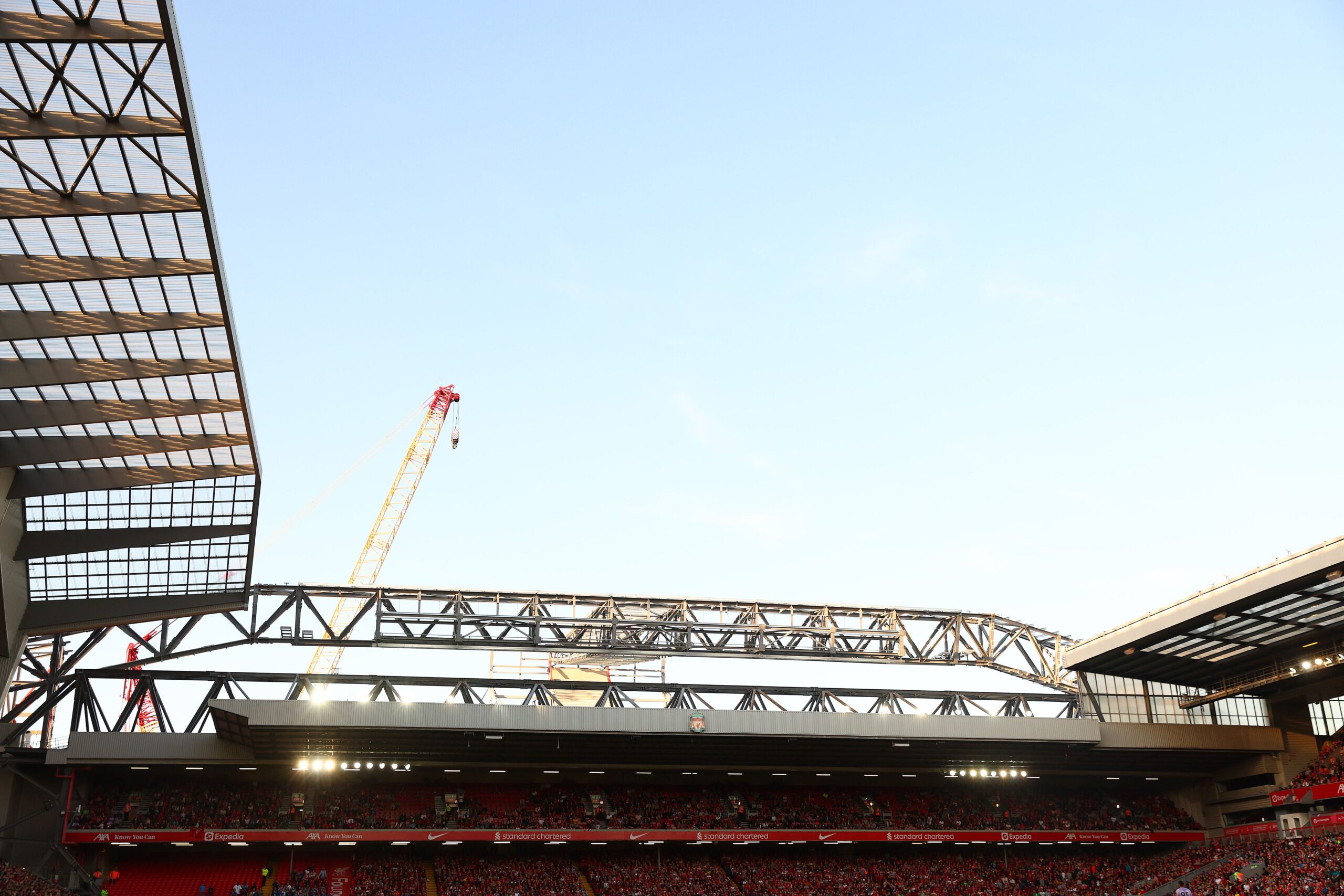
The Liverpool Football Club is one of the most famous organizations in sports, and Anfield is its home stadium. Built in 1884, the stadium originally housed the Everton Football Club. Not only did it change tenants, but it expanded over the decades. By 1928, it could hold 30,000 people. Today, a little more than 54,000 fans can cheer for Liverpool at the same time. Another 5,000 seats or so will be added for Anfield’s 150th anniversary.
Related: Beatles-Inspired Destinations Fab Four Fans Will Love
Melbourne Cricket Ground | Melbourne, Australia
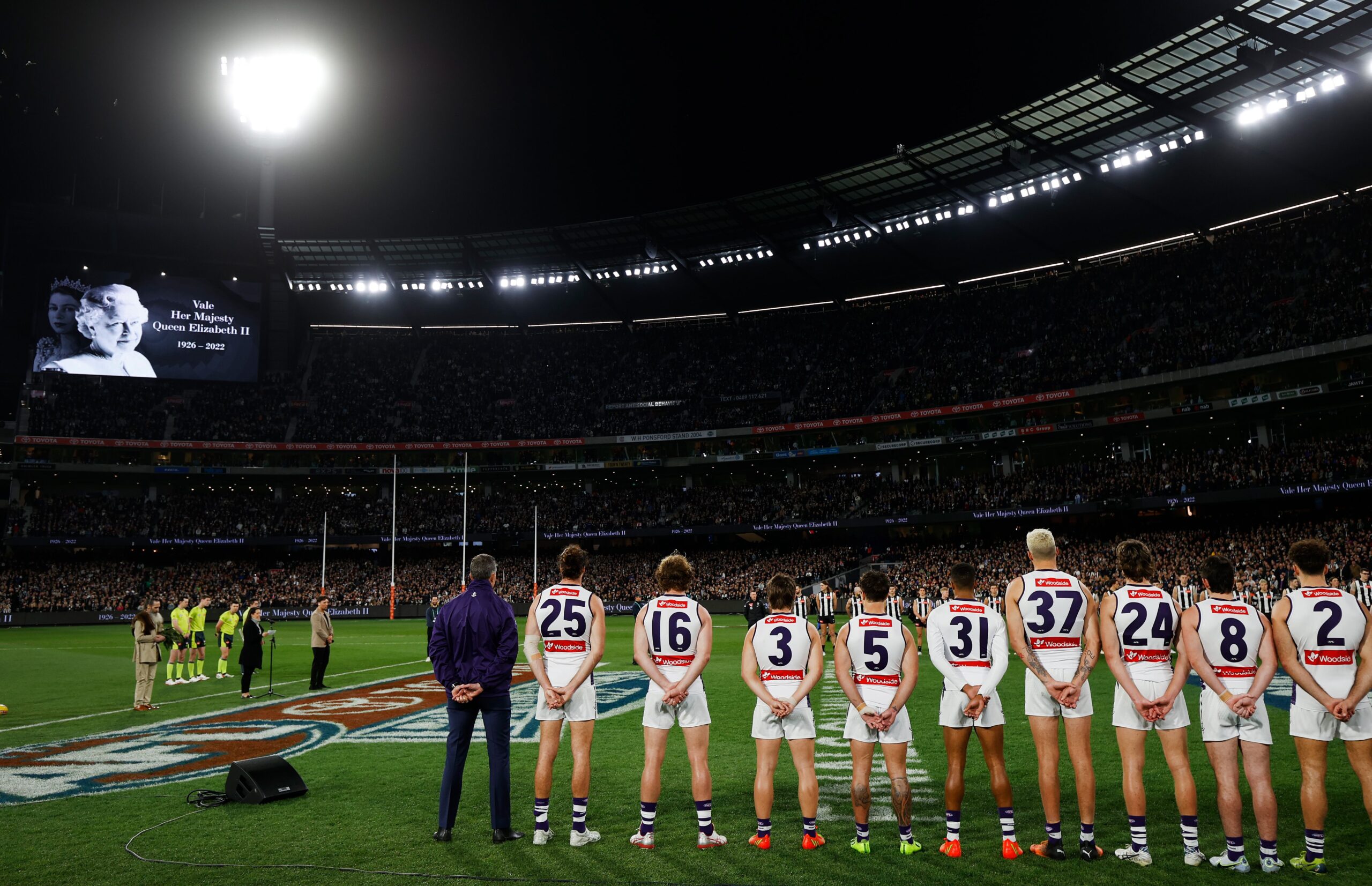
For more articles like this, please sign up for our free newsletters.
All-England Lawn Tennis Club | London
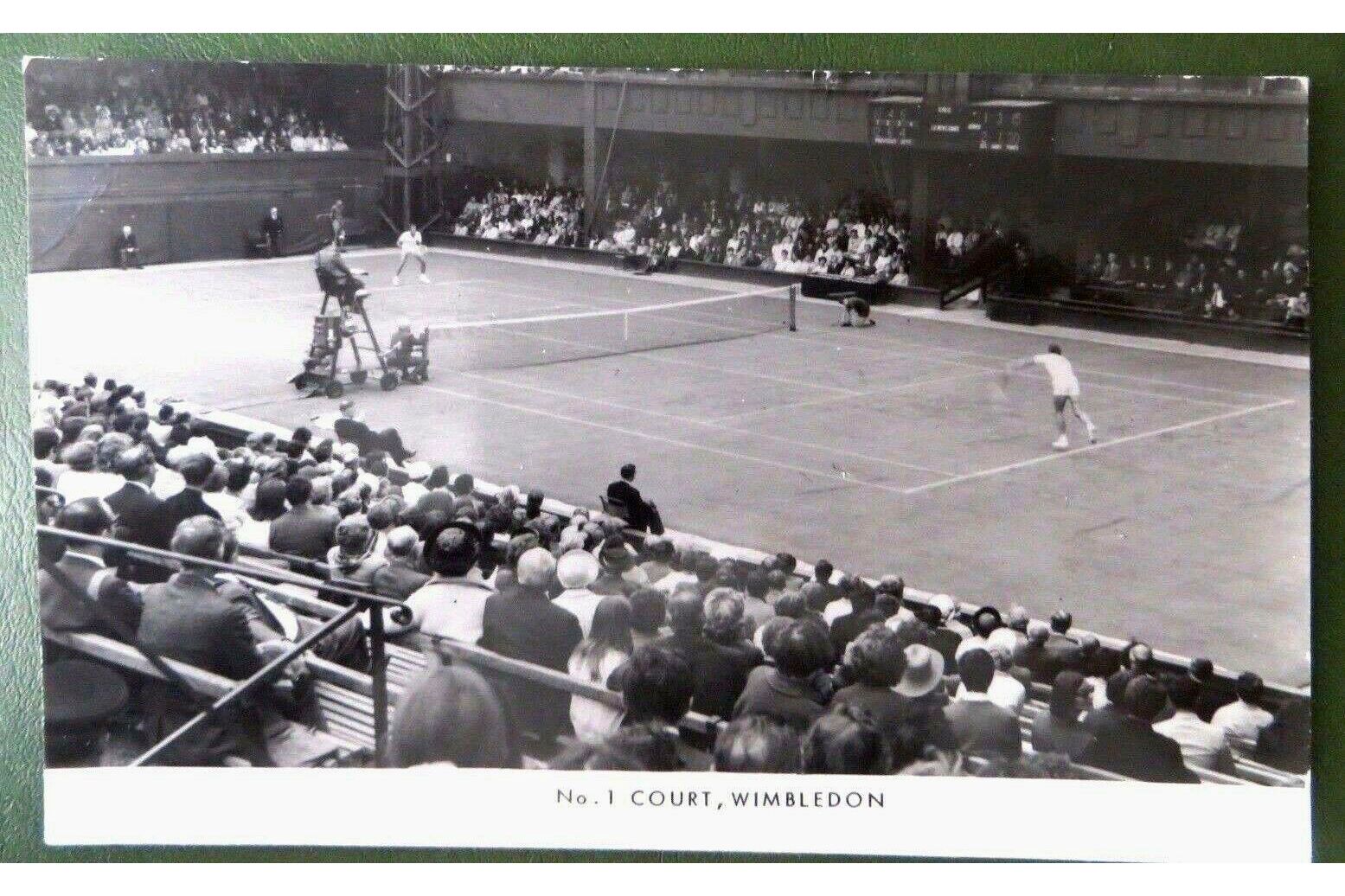
Wrigley Field | Chicago
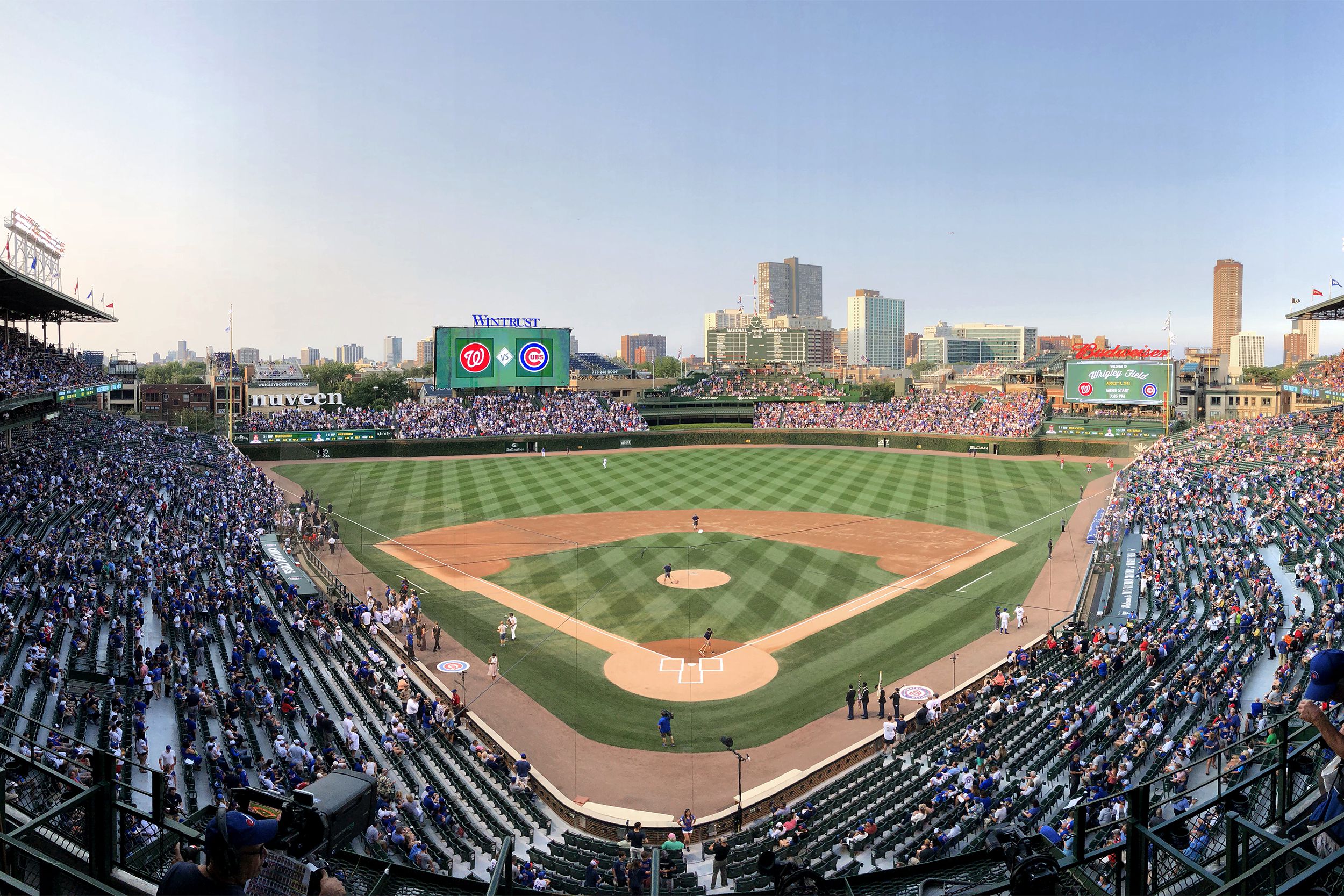
Babe Ruth famously called his center field home run in Wrigley Field. Pete Rose tied Ty Cobb’s hitting record there. Sammy Sosa hit his 60th home runs there in three different seasons. Second only to Fenway in terms of longevity among ballparks, Wrigley Field is second to none in terms of culture and significance in American sports. It opened just two years after Fenway in 1914, but the stadium has been slow to embrace modernity. The Cubs played their first night game in Wrigley after the stadium finally installed lights only in 1988.
Trending on Cheapism
Bramall Lane | Sheffield, England
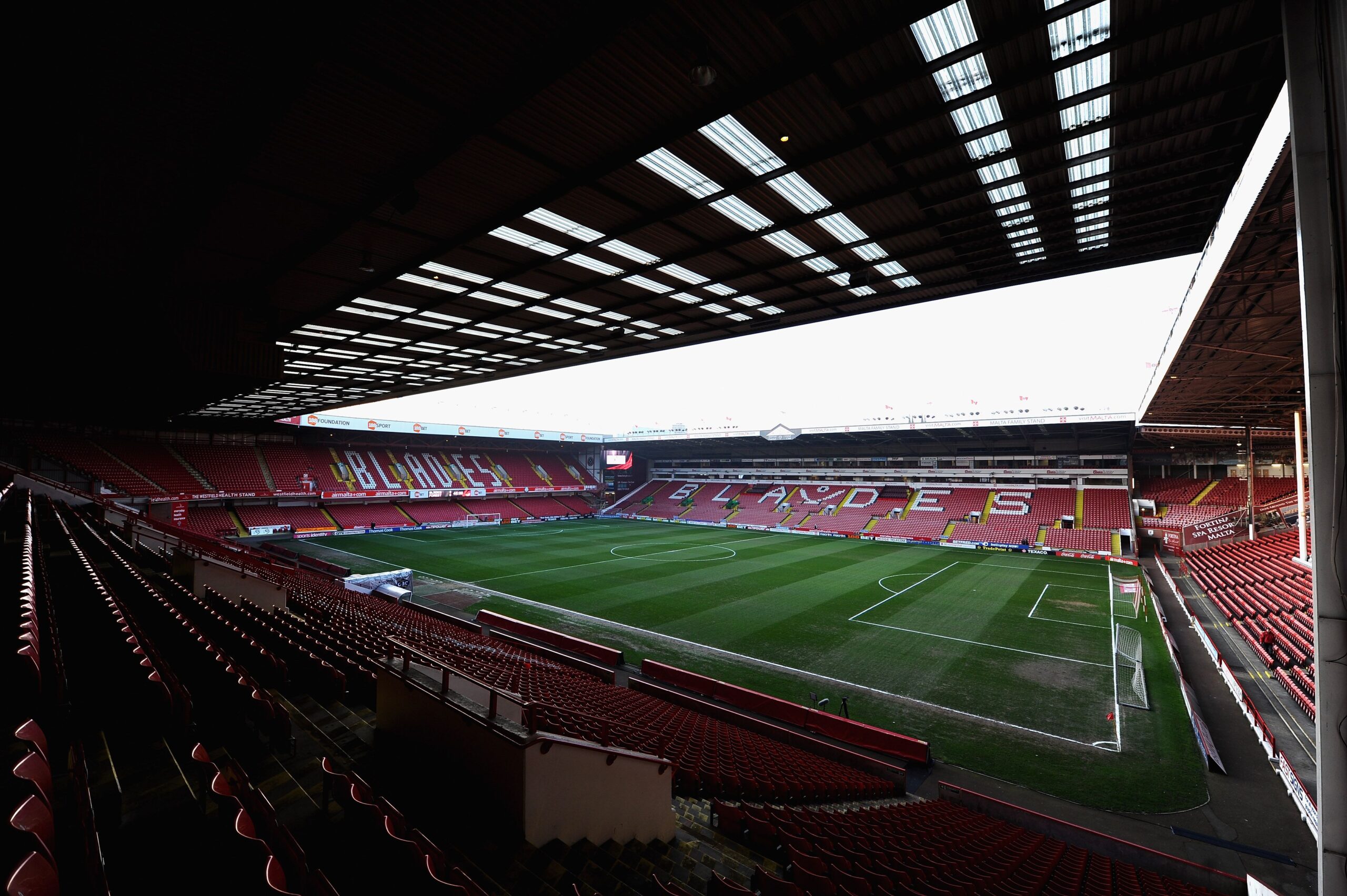
San Siro | Milan, Italy
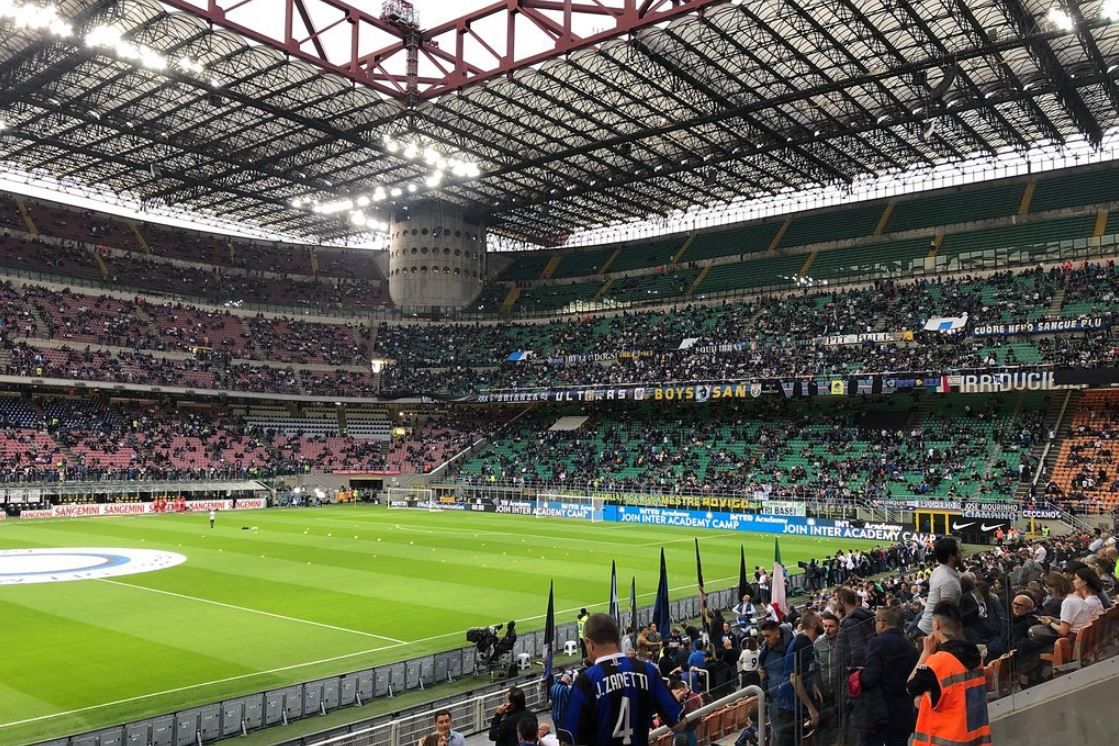
Although it’s in a classic Italian city, San Siro is an English-style stadium. It took 1,000 tons of concrete and 150 tons of reinforced steel to build, but when it opened in 1926, it was one of the grandest soccer stadiums in Europe. It remains one of the continent’s biggest — more than 80,000 people can cram inside before it reaches capacity.
Old Trafford | Greater Manchester, England
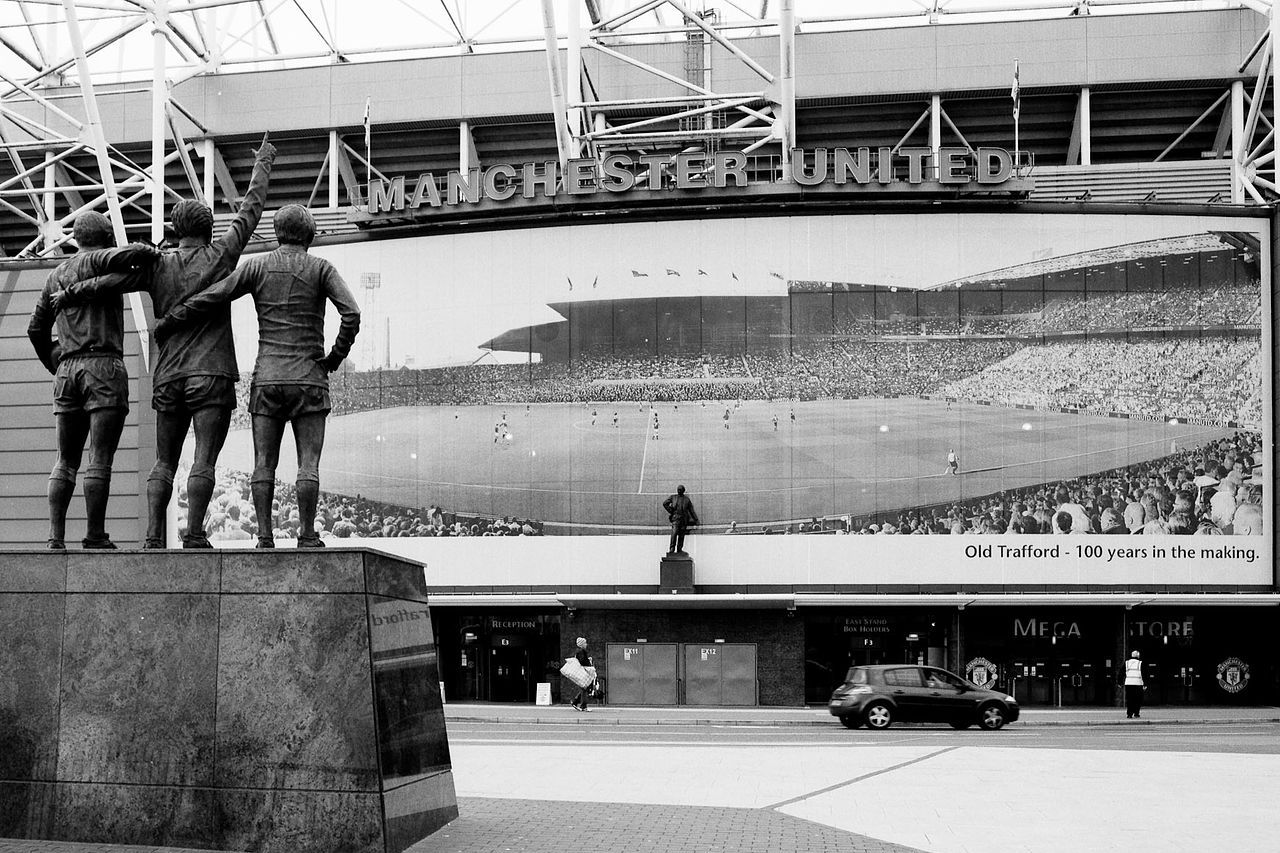
Sign up for our newsletter
Olympiastadion | Berlin
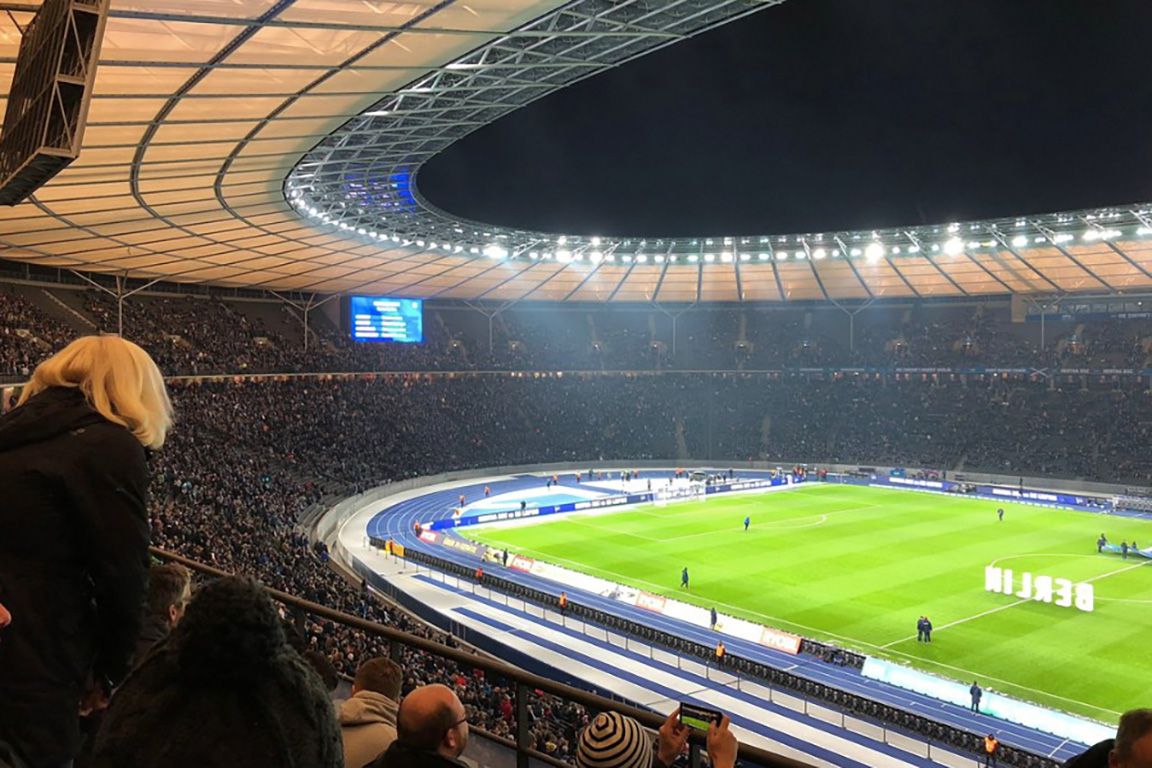
Built by the Nazis for the 1936 Olympics, the infamous yet magnificent Olympiastadion in Berlin was largely undamaged during World War II. Today, it is home to the city’s Hertha BSC soccer team, and it hosted soccer’s World Cup final in 2006. In addition to hosting soccer matches, it also serves as a venue for some of the biggest entertainment acts in the world.
Related: Iconic Music Venues Across America
Celtic Park | Glasgow, Scotland
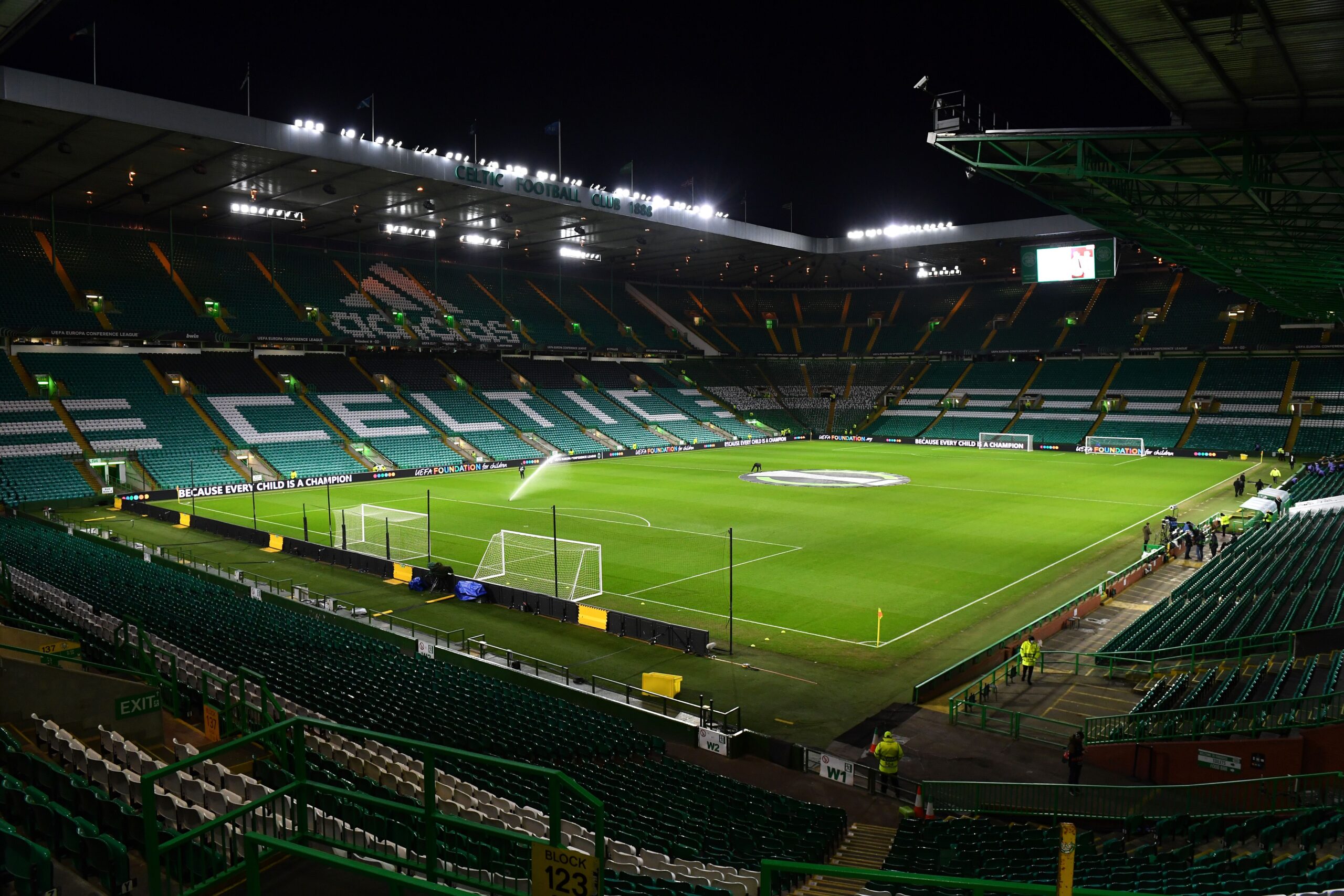
The Celtic Football Club has been at home in the stadium that bears its name since Celtic Park was built in 1892. It was renovated in the mid-1990s, and its capacity has increased and decreased over the decades. It hosted its record crowd in 1938 with an unofficial count of 92,000 spectators, although official attendance never topped 80,000.
Parc des Princes | Paris
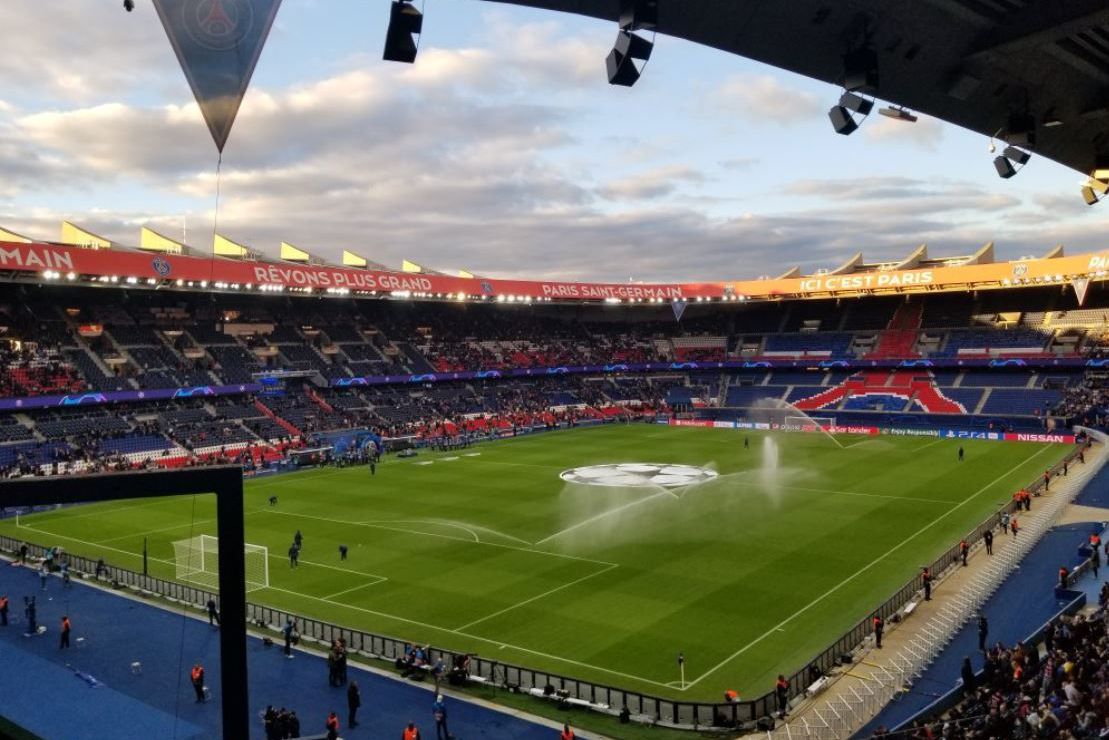
Home of soccer’s Paris Saint-Germain since 1974, Parc des Prince opened in 1972. But the stadium built in the modern age sits on a much older history — literally. It replaced the historic Vélodrome, which stood on the site from the time it was built in 1897. It remains one of the most significant soccer venues in the world.
Field Mill | Nottinghamshire, England
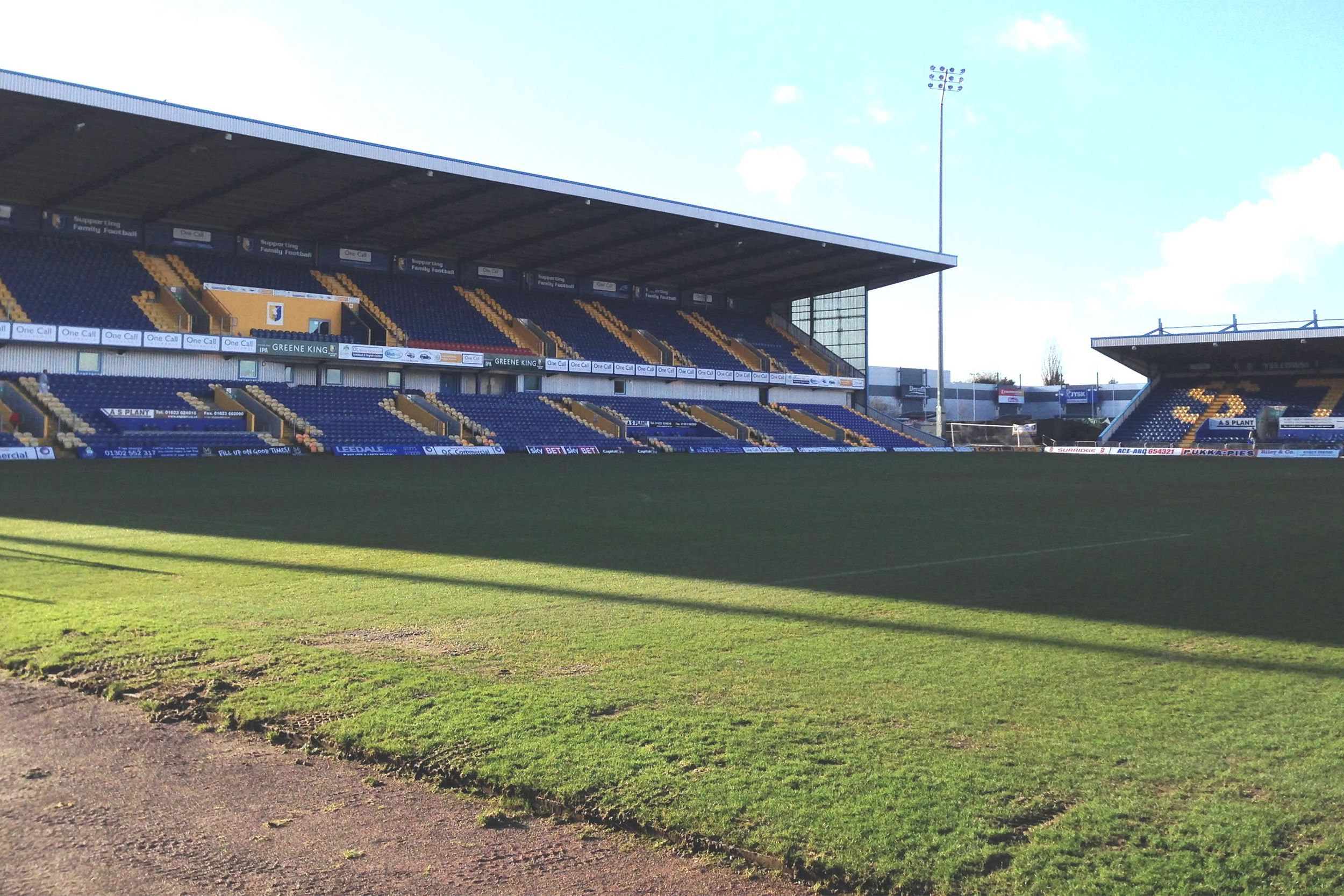
The oldest operating stadium in England’s professional Football League system, the legendary venue that is Field Mill is now called One Call Stadium. The legacy and the building, however, remain the same. It’s been in use since at least 1861, and perhaps even longer. For nearly 50 years, it was a place for cricket. The sport was so singular in the stadium’s purpose that soccer players weren’t even allowed in the locker room. The 20th century brought change, however, and Field Mill became a multi-sport, multi-use facility. In 1930, Field Mill hosted England’s first game ever played under lights.
Lord’s Cricket Ground | London
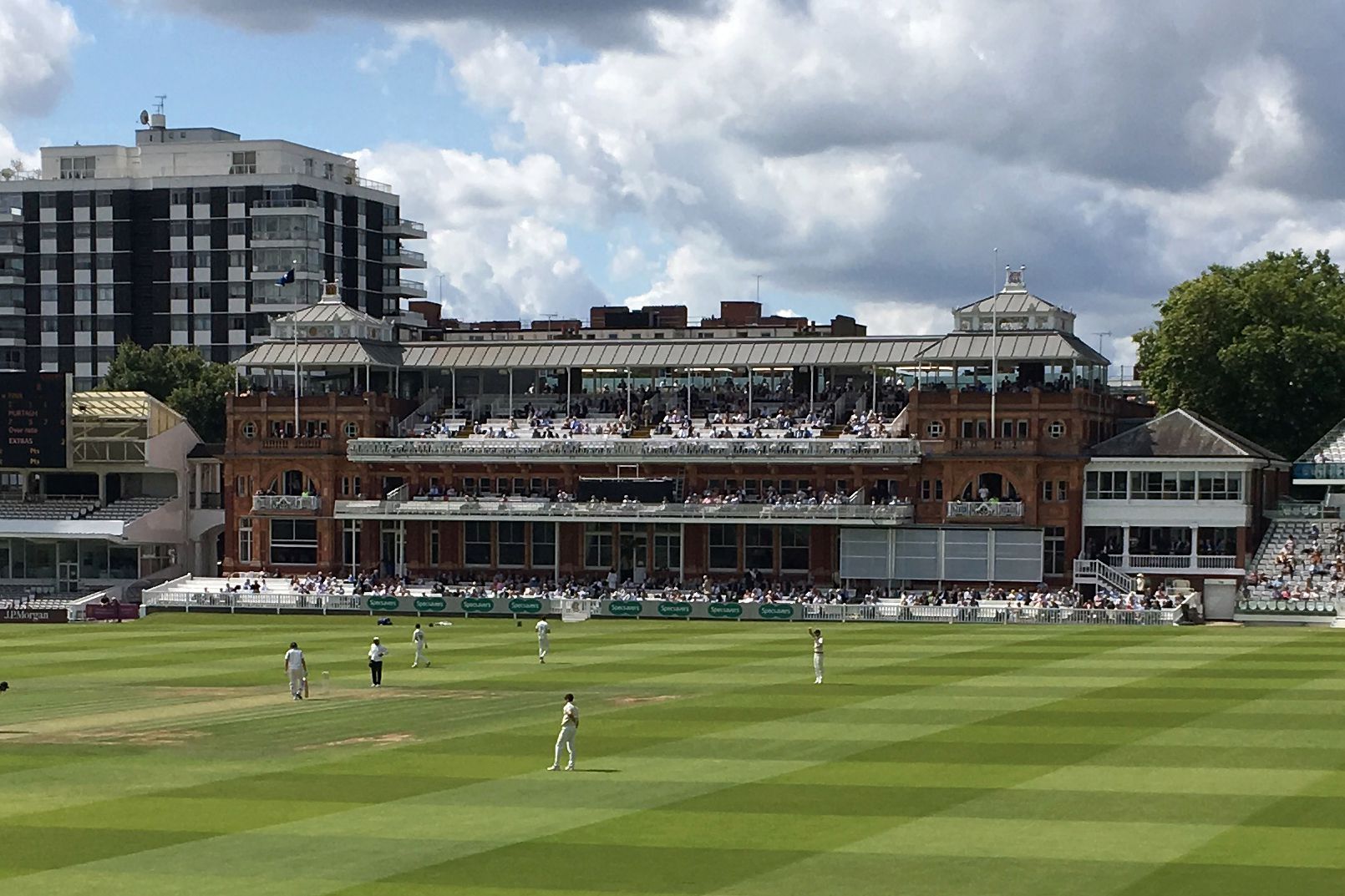
Known worldwide simply as Lord’s, Lord’s Cricket Ground in St. John’s Wood bills itself as the home of cricket, a boast it backs up with a rich history. It was established in 1814, but its legacy dates back to Thomas Lord, who opened his first cricket ground on Dorset Field in 1787. The stadium got its first lawnmower in 1864. Before that, sheep were used to keep the grass trimmed.




